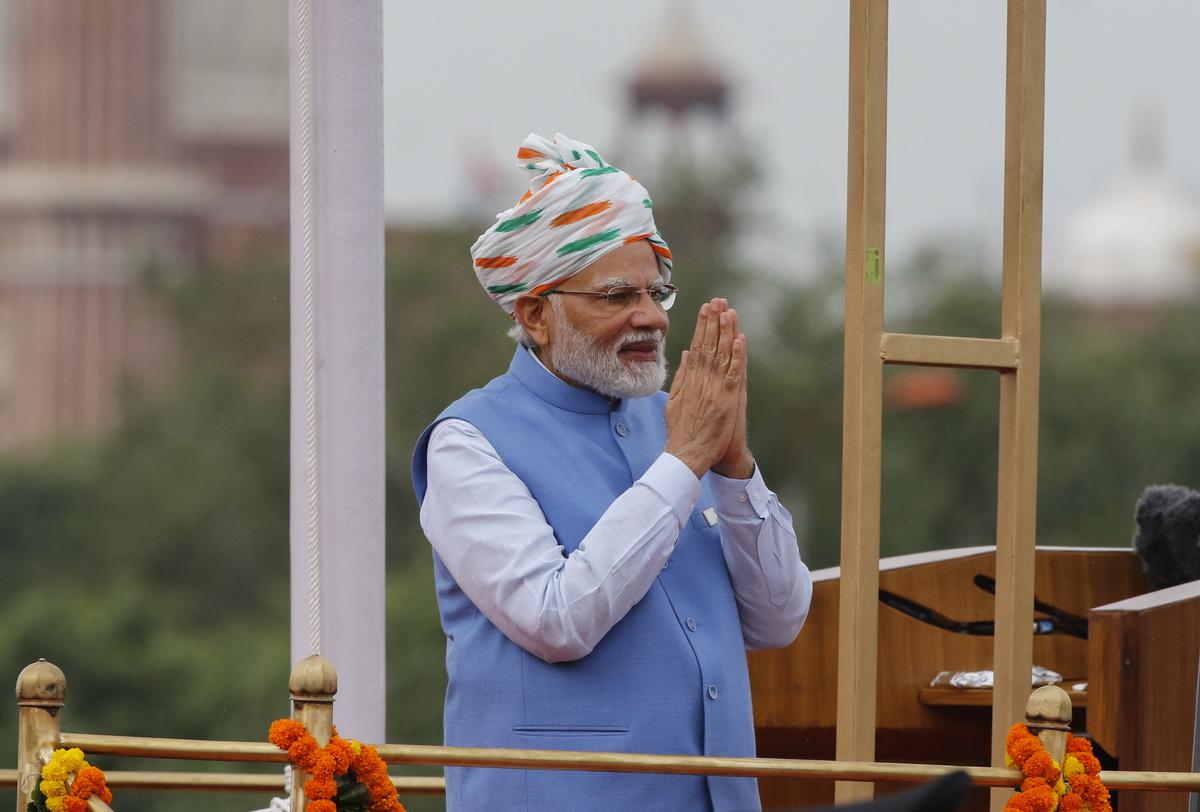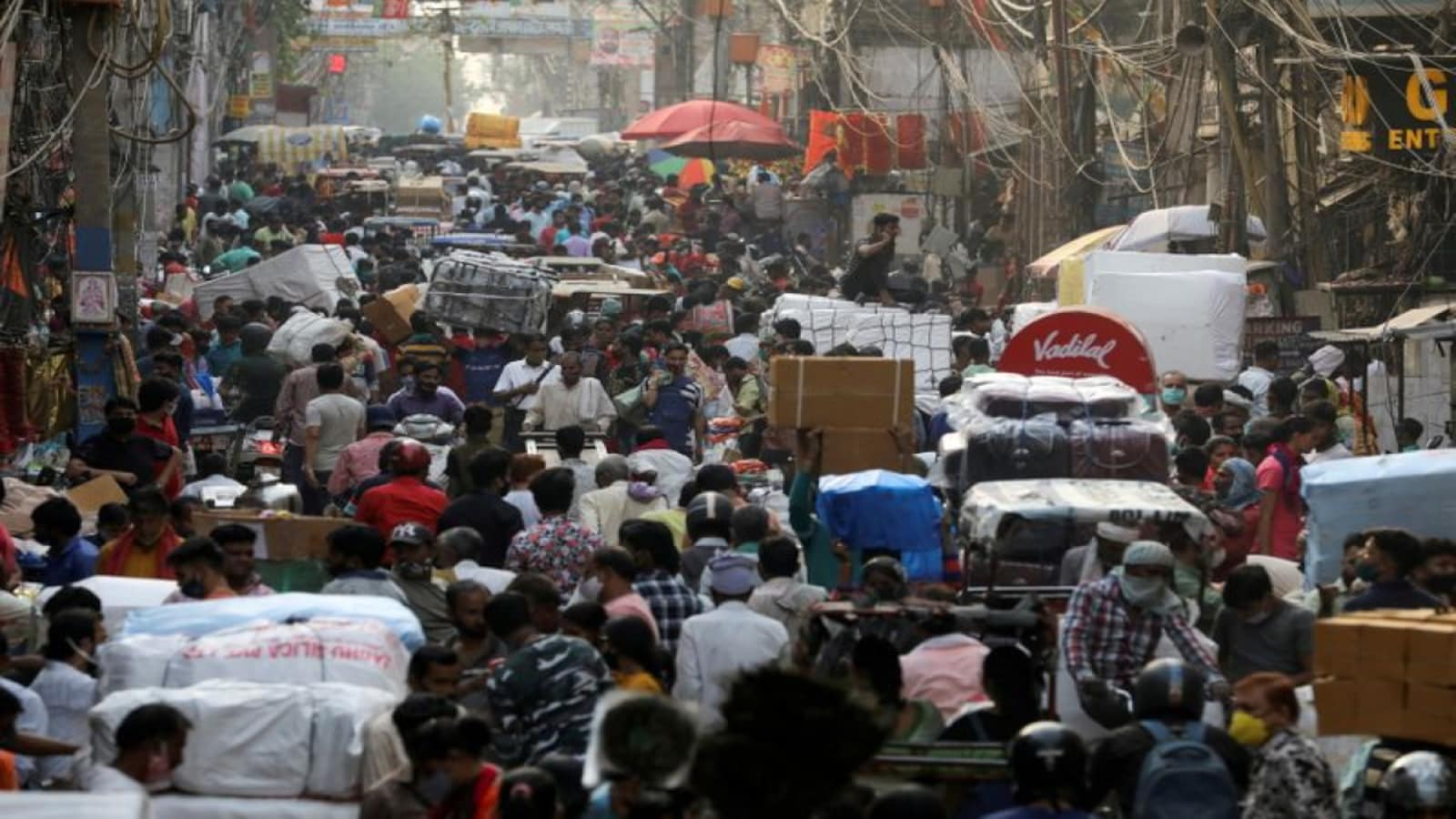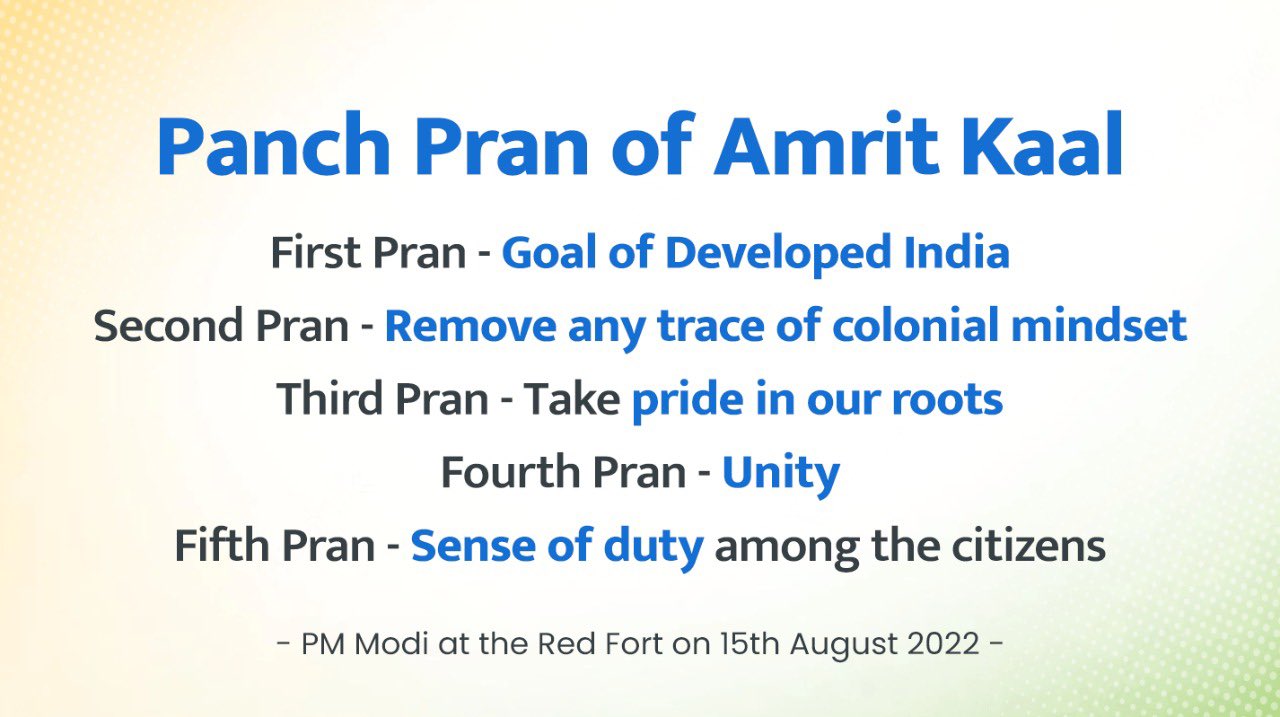India’s road to becoming a developed nation by 2047: challenges and opportunities

India’s road to becoming a developed nation by 2047: challenges and opportunities
India is prepared to maintain its economic growth in the next years. This process will go more quickly if a few problems are resolved.
According to the World Economic Outlook database of the IMF, India would surpass Japan and Germany to occupy third place in the global economic rankings by FY28.
According to the estimate, India’s economy would rise to $5.36 trillion by FY28 compared to Japan’s $5.17 trillion and reach $4.94 trillion by FY27.
This is hardly shocking to anyone who has followed India’s development. The most exciting thing to consider is whether India will have an advanced economy by 2047 when the country would mark 100 years since achieving independence from the tyrannical control of the British.
The Indian subcontinent formerly enjoyed great splendor. According to British economic historian Angus Maddison, it dominated the world economy between the years 1000 and 1700. In 1000, it accounted for little more than a quarter of global GDP, and between 1500 and 1700, it accounted for just less than a quarter. With a GDP share of 24.4% of the world economy in 1700, it outperformed both China and Europe.
The economy of the subcontinent was ravaged by British extortionist colonial rule after which, with a per capita income of only Rs. 265 and a GDP of less than Rs. 2.7 lakh crore, poverty loomed.
Cut to Circa 2022.
India has recently surpassed the UK as the world’s fifth-largest economy, according to The Guardian, which summarizes the country’s economic success thusly: “You won’t find mention of it in Liz Truss’s vision for a “modern brilliant Britain.”
Panch Pran
During his address commemorating India’s Independence Day on August 15, Prime Minister Narendra Modi said the following:
By 2047, when the country celebrates 100 years of independence, we must embrace all the dreams of freedom fighters. In Amrit Kaal’s Panchpran, development means removing all traces of colonialism, taking pride in one’s roots, and feeling a sense of duty towards one’s fellow citizens.
To propel India into the category of a “developed country,” much more needs to be done than eliminating the “third world” label.
By 2047, would India be a developed country?

It is crucial to define the phrase “developed country” before continuing. The World Bank divides nations into four income categories: low-income, lower-middle income, upper-middle income, and high-income. India is presently categorized by the World Bank as a lower middle-income country, with a GNI per capita that ranges between $1,086 and $4,255. The World Bank defines a country as having higher income if its annual per capita income is over $12,000.
By the year 2047, India hopes to achieve this. In addition to having high living standards, a higher per-capita income, and performing well on the Human Development Index (HDI), which considers health, education, and literacy, a developed country may be identified by these characteristics.
The Upcoming Five Challenges
India faces tremendous obstacles on its path to becoming a developed country by 2047. According to the “UN State of the World Population Report 2022,” India will overtake China as the world’s most populated nation in 2023. In nominal terms, India’s per capita GDP in 2022 is $2,466 while in PPP terms, it is $8,293. According to the current international ranking system, India ranks 142nd as a nominal economy and 125th as a PPP economy.
Data from the World Bank indicate India’s GDP per capita in 2021 was $2,277, below that of China ($12,556.3), the US ($69,287.5), the UK ($47,334.4), and Bangladesh ($47,334.4). Modern nations don’t have these kinds of resources.
A country cannot be developed if its citizens are starving.
India is rated 107th out of 121 nations on the most recent Global Hunger Index (2022), with a score of 29.4. Despite our protests over the tiny sample size and anti-India bias, the fact that It’s not encouraging for India’s ambitions to become one of the world’s major economies that India performed lower on the GHI than Nepal, Bangladesh, Sri Lanka, Pakistan, Rwanda, Burkina Faso, and Sudan.
As per the World Inequality Report 2022, India is the least equitable nation in the world, with the poorest 50% of the population receiving Rs 53,610 and the top 10% earning Rs 11,66,520, a 20-fold increase. Unsurprisingly, the proportion of the lowest 50% has fallen to 13% while the top 10% control 57% of the nation’s income (and the top 1% control 22% of it). India must address this stark disparity immediately if it is to become a developed country within 25 years.
India is ranked 132nd out of 191 nations in the UN Human Development Report (2021/2022). An HDI instructively evaluates progress on three main aspects of human development: a long and healthy life, a reasonable level of living, and access to education. India currently has an HDI score of 0.64, which is far lower than any of the wealthy nations did in 1980.
China required 13 more years to get to 0.75, which was the UK’s HDI level in 1980, after reaching 0.64 in 2004. India hopes to use the extraordinary demographic dividend to quickly advance to the position of a “developed nation,” but there is a risk that this may happen at the expense of an unmitigated demographic calamity.
Despite enormous progress in literacy, India still has the biggest percentage of illiterates in the world, at roughly 25%. Additionally, the nation is burdened with millions of educated people who are unemployed despite the enormous quantitative expansion in education. India should prioritize high-quality education and work to eradicate illiteracy as soon as possible. India must have a large population of employable educated people to develop.
Positive Signs
India has a history of achievement, which shows that it can overcome these challenges. India’s transformation from a wounded and broken economy in 1947 to the fifth-largest in 2022 gives hope for the future.
Even while India typically expands at a ‘new-normal’ rate of 6.5-7 percent, the economic headwinds ailing industrialized countries and slowing China’s development bode positively for India.
India’s economy will need innovation to change, and its rise from 81st place in 2015 to 40th place currently in the Global Innovation Index 2022 is a strong sign of what lies ahead. Furthermore, if the Competitiveness Roadmap for India @ 100′ published by the Economic Advisory Council of the Prime Minister (EAC-PM) is strictly adhered to, it is eminently feasible for India to reach a $10,000 per capita income by 2047 and become a $20 trillion economy with corresponding sustainable improvements in the Human Development Index.
Conclusion

Even with the two years lost to COVID-19, many people still did not think that India could grow to be a $5 trillion economy. However, India will reach that milestone by FY27. In a similar vein, for India to qualify as a “developed country,” it must implement long-term structural changes, expand its service sector, establish itself as a hub for manufacturing, reduce its reliance on agriculture, reap the benefits of the demographic dividend, make significant investments in health and education, broaden the base of its progressive tax system, eradicate gender inequality, and eradicate corruption.
edited and proofread by nikita sharma






